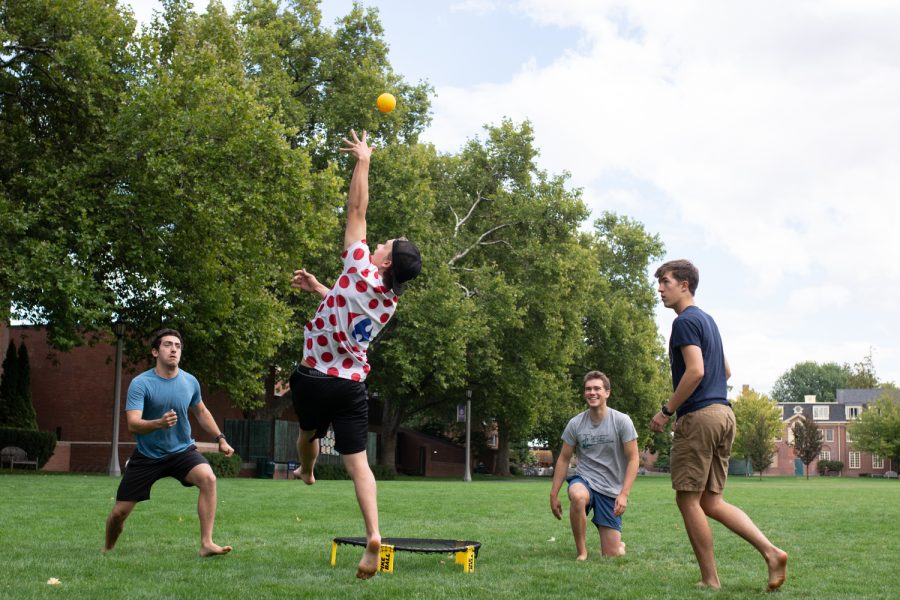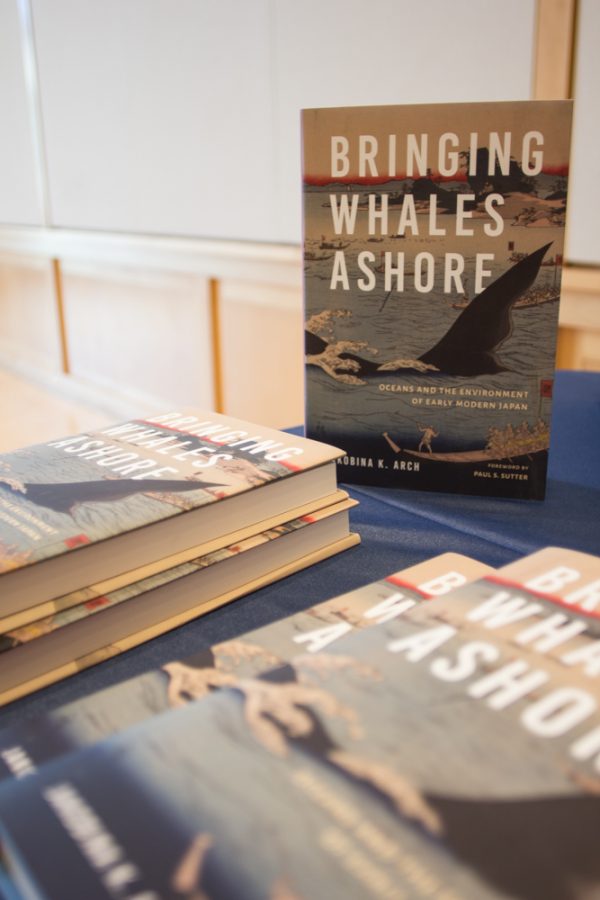A month or so ago, as part of a joint field trip with my Lenses of Culture and Waste and Pollution classes, we went to Osaka to visit the Osaka Human Rights Museum. Organizing thirty American students and getting to Osaka, about an hour away on the train, was an interesting (read: hair-tuggingly frustrating) experience, but when we actually got there, the museum was quite the sight.
As was explained to us, the museum was funded by the city of Osaka, and had been recently renovated. Because of the unfortunately growing number of youth suicides and bullying in Japan, the city of Osaka commissioned the museum to renovate and include a section geared directly toward children, in a hope that the exhibit could be used as part of a larger discussion on tolerance and acceptance.
I unfortunately don’t have any pictures, but this section was, for a social progressive like me, simply glorious. One station explained not only homo-, hetero-, and bisexuality, explaining that there are many different ways to love other people, it also touched on gender and sex, too, saying that some people, despite having certain body parts, thought of themselves as the other sex. In one fell swoop, it welcomed and explained practically everything about gender and sexuality. On an opposite wall, there were roughly two dozen cartoons of different types of families: single parent, monogamous lesbian, monogamous gay, couple with no kids, and so on: with a caption that said something like “There are many different ways to be a family.”
Another station discussed the very basics of sex and childbirth. Not in any more detail than necessary, but also without fudging facts or withholding information. There was a little tunnel for kids to crawl through that was supposed to simulate birth, with a recording of a pulse playing on the inside. Sure, it’s a little wacky, but it also gets kids to familiarize themselves with the human body and associate it with fun, rather than treating it as a shameful or naughty thing.
There were other exhibits that were geared toward a more adult audience, but these stuck with me because these are exactly the kind of values I think would benefit a society. Widespread acceptance of differences. A view of the human body (and by extension, sex), as something to be cherished and enjoyed, rather than ashamed of. I want to live in a society where those values are the norm rather than the exception, and I left the museum that day so glad that Osaka was teaching its kids the right things.
But I’ve had to reconsider a little bit.
When I step back and look at the broader picture, I have to take some facts into account. The Osaka Human Rights Museum is a museum funded by taxpayers’ money. Despite this fact, it’s promoting a message targeted at youth that instills certain ideas of what’s right and wrong: a moral image that surprised me particularly because it seemed so progressive. And if the morals the museum are promoting are so progressive, there’s undoubtedly a number of taxpayers who are being forced to fund moral education that they don’t agree with at all. If my tax dollars went to a public museum aimed at teaching kids, for instance, a traditional, anti-feminist conception of gender roles, staunch abstinence, and a notion of public morality that rejected things like pornography, obscenity, and recreational sex*: in short, the social conservative stance: I’d have some big issues. That’s my money going to support views I wholly disagree with.
What’s more, it’s pretty difficult to justify anything when you start talking about moral instruction. In the Osaka Human Rights Museum’s defense, I would argue that it’s teaching acceptance and humanism, two components crucial to a happy, harmonious society, but a proponent of the hypothetical Portland Family Values Museum could argue that their museum teaches public morality and family values (or something). What you think is important to teach children depends on the society you want to live in, and that, of course, varies depending on what you value. There’s no real way to win the argument.
So I’m stuck. I really really want to support the Osaka Human Rights Museum, because the values it teaches reflect exactly the kind of society I want to live in. On that front, I have no problem with the city of Osaka spending money on it; after all, that’s the way toward the right vision of society, right? On the other hand, though, that argument holds no more water than the argument for the Family Values Museum, which means I run the risk of hypocrisy if I support one but not the other.
It’s a problem and I don’t have a clear solution.
More of my stories from abroad, as well as photos and other goodies, can (theoretically) be found at my travel blog, Experiencing the Seasons.
*Let’s clarify here, because my grab bag of topics might leave some uncomfortable. Just as the Osaka museum didn’t issue moral imperatives, merely planted seeds of acceptance, I’m imagining a similar scenario here. This isn’t about telling schoolchildren that recreational sex is good or bad, it’s more about the seeds of acceptance or rejection that later grow into full moral worldviews: perspectives that, in high enough frequency, constitute the general social disposition.




